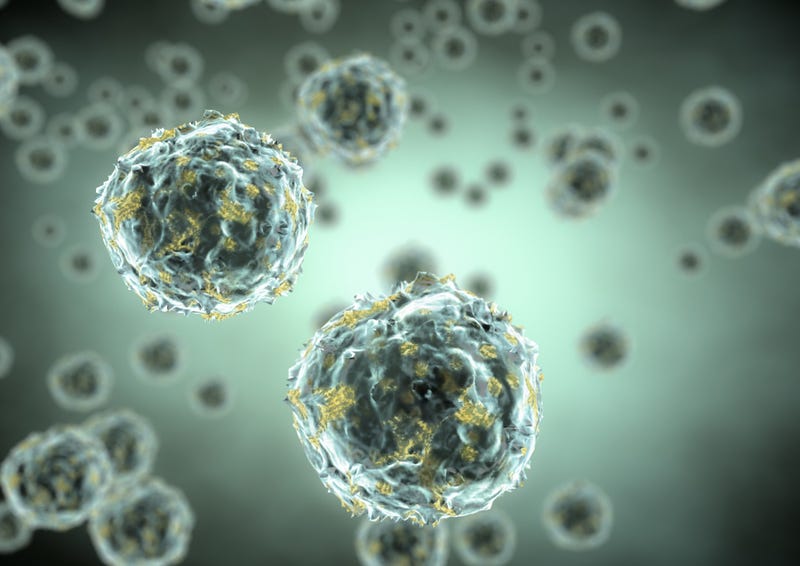Florida Wastewater Treatment Study Guide
This Study Guide was prepared as a study aid for small water treatment plant. Florida Rural Water Association does not condone the use of any of the.

Interested in Treatment? Get Treatment articles, news and videos right in your inbox! Sign up now. WASTEWATER Using the breakpoint chlorination method of ammonia removal, approximately how many parts of chlorine are needed to remove one part of ammonia? Two parts chlorine to one part ammonia B. Five parts chlorine to one part ammonia C. 10 parts chlorine to one part ammonia D.

15 parts chlorine to one part ammonia Answer: C. To reach what is commonly referred to as breakpoint, approximately 10 parts of chlorine must be fed to wastewater effluent that contains ammonia.
When chlorine and pure water combine, a process known as hydrolysis occurs, producing hypochlorous acid (HOCl), hypochlorite ion (OCl-), and hydrochloric acid (HCl). We call this new mixture a chlorine solution.
Out of these three products, the HOCl and OCl- are the most effective as disinfectants. The water pH and temperature play a part in the ratio of these two compounds. When the chlorine solution is applied to wastewater effluent, the available HOCl and OCl- are consumed by what is known as chlorine demand. Chlorine demand comes from organic and inorganic solids, soluble iron, soluble manganese, dissolved hydrogen sulfide, and nitrite. Nitrite alone accounts for a 5-to-1 demand ratio, meaning that one part of nitrite can consume five parts of available HOCl and OCl.
Once the chlorine demand is met, the chlorine reacts with any ammonia present. This reaction first produces compounds known as chloramines, then essentially destroys the chloramines as the chlorine-to-ammonia ratio increases. Once the chloramines are destroyed, or oxidized by the HOCl and OCl-, the breakpoint is reached.
The ammonia is oxidized to nitrogen gas and released to the atmosphere, and free available chlorine residual is realized. This entire reaction requires a dosage of about 10 parts chlorine to convert one part of ammonia to nitrogen gas. DRINKING WATER Why is sodium thiosulfate added to sample bottles or sample bags used for total coliform testing? Sodium thiosulfate increases chlorine efficiency in the absence of air.
Wastewater Treatment Study Guide

Sodium thiosulfate neutralizes only chloramine residual. Sodium thiosulfate is a method of pretreatment for coliform group bacteria. Sodium thiosulfate neutralizes all chlorine residual present.
The total coliform sample is collected as a grab sample from areas of the water distribution system that are representative of the system. This bacteriological sample represents the quality of the water as if it were consumed at that point in time. Sodium thiosulfate removes the available chlorine residual from the sample bottle, as if the water were consumed at that time. The chlorine is neutralized to zero residual by the dechlorinating action of the sodium thiosulfate and must be confirmed as such by the lab analyst before the sample is used in the coliform test method. The interior of the sample bottle, including the dechlorinating agent within, is sterilized before delivery to lab.
Do not touch the inside of the bottle or the tablet of sodium thiosulfate, or else false readings may result. The sodium thiosulfate is not a preservative; it is solely for dechlorination of the sample contents. Placing the sealed container with the sample inside on ice in a cooler or in a lab refrigerator to 4 degrees C is considered the preservation method. About the author Ron Trygar, a certified environmental trainer, is the senior training specialist for water and wastewater programs at the University of Florida TREEO Center.
Advanced Wastewater Treatment Study Guide
He has worked in the wastewater industry for more than 30 years and holds Class A wastewater treatment operator and Class B drinking water operator licenses in Florida.